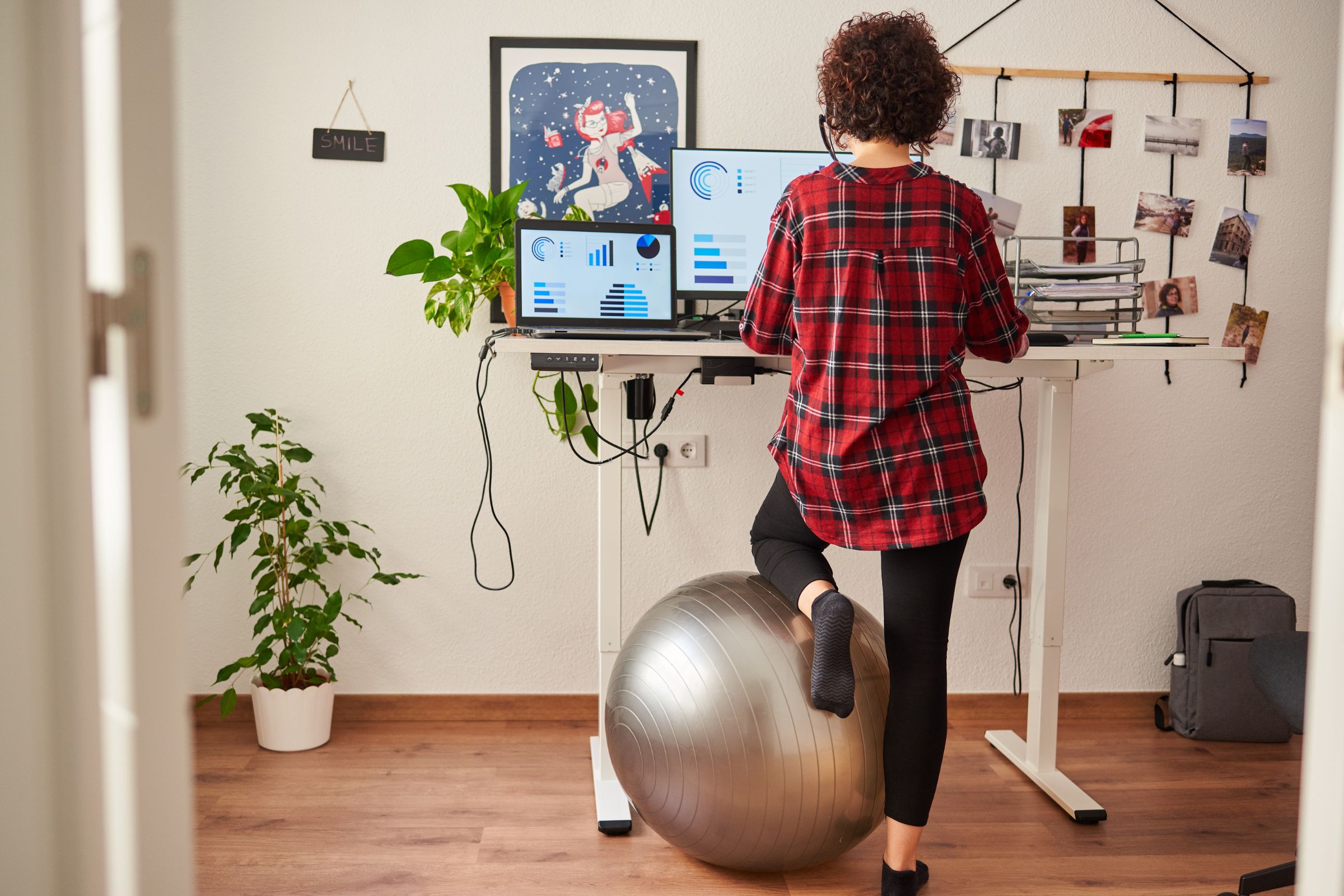The Rise of Ergonomic Workstations As work environments evolve, so does the need for ergonomic…

How to Choose a Comfortable Computer Chair for Long Hours
If you have to sit for work, you may be experiencing aches and pains from being sedentary. While nothing can replace being active and taking breaks throughout the day, a comfortable computer chair can go a long way to helping you feel better and be more productive.
However, just like all bodies are different, the right computer chair differs for each person. Intensive-Use Ergonomic office chairs provide your body with the support you need to help prevent pain and repetitive stress injuries. Ergonomic chairs can help you avoid back pain, neck pain, shoulder pain, hand pain, wrist pain, headaches, and even eyestrain. In addition, ergonomic chairs can improve your overall health by improving breathing and the oxygen content of your blood.
A great chair starts with a good base. Computer chairs should be on rollers or casters. They allow you to move while you work. For stability, you want a base with at least five casters because they are less likely to tip than other chairs. You also want a sturdy base rated to handle people of your weight. For average-weight people, most chairs should work. However, if you are more extensive, you may need to invest in a chair designed for heavier people.
The next thing you should consider is the seat pan. What type of contour do you need? Chairs come in multiple versions, from flat to highly contoured. Which style fits your body? It would help if you sat in several different types of seat pans to determine which one suits you best.
Make sure the chair is the correct height. You need to be able to place your feet flat on the floor while seated. You may need a seat with a footrest if you are short or at an elevated desk or counter.
You also need adjustable armrests. Everyone’s arms are at different angles. You want your armrests to support your arms at a 90-degree angle, keeping your arms at the same level as your keyboard. In addition to the pitch, you need to consider width. Ideal armrests will adjust for height, width, depth, and angle.
Your spine is not straight, so your seat back should not be straight. It should mimic the natural curve in your spine. However, it can be challenging to mass-produce chairs that meet your natural curve. So, look for a comfortable computer chair with adjustable lumbar support. Then, you can adjust the back support to fit into the curve of your lower back.


